

 STUART JORDAN takes a look at the development of this widely-used locomotive.
STUART JORDAN takes a look at the development of this widely-used locomotive.
In the early 1960s the British Transport Commission (BTC) had a plan to remove steam locomotives from the British rail network by 1968. This would require many new locomotives to replace existing steam engines, built to what was known as Type 4; those which produced between 2000 bhp and 2999 bhp. These power classes were used by the BTC to categorise the engine power output requirements of their new main line diesel fleet.
The BTC invited tenders from engineering companies for one hundred locomotives, with a requirement of at least 2500 bhp, an axle load of 19 tons, and erring towards diesel-electric traction rather than hydraulic transmission. The submissions were as follows:
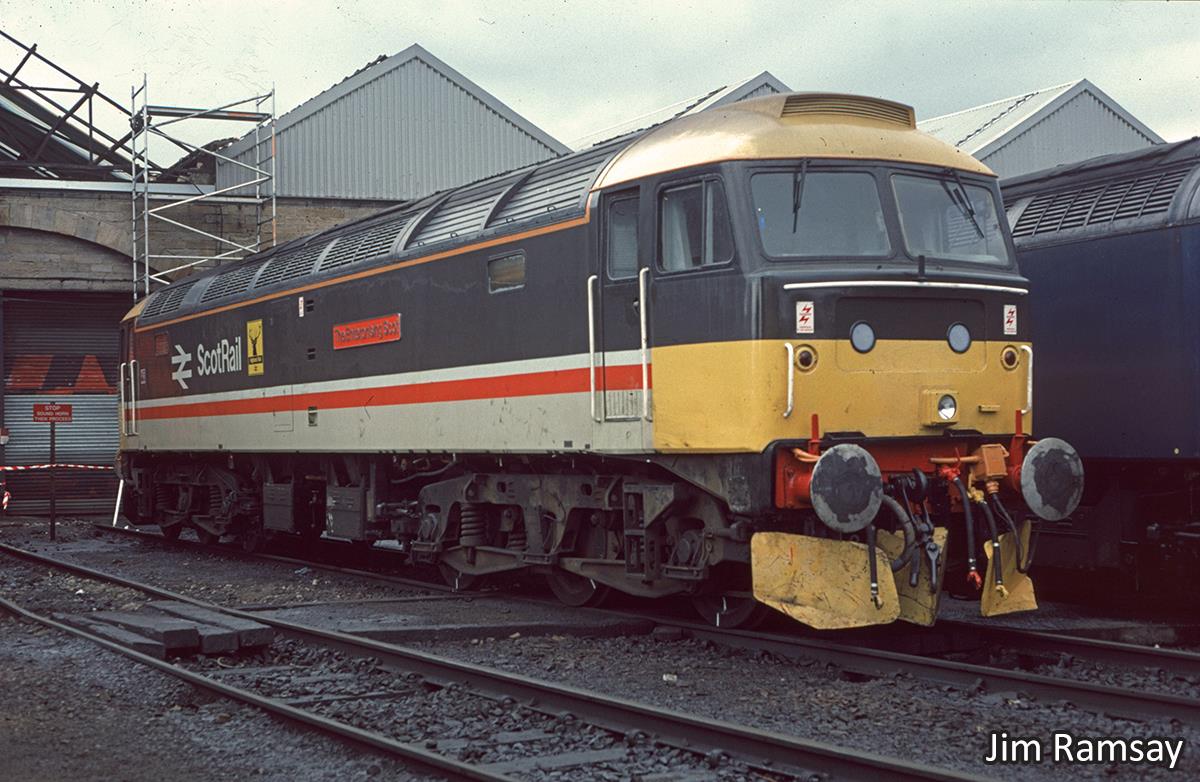
47492 'The Enterprising Scot' InterCity Scotrail
The consortium was the preferred option, but as the project went on it was realised by the BTC that a larger number of locomotives would be required. The final order of twenty Class 46 locomotives was cancelled and a new tender was put out to fulfil the Type 4 specification, but with the requirement to use the parts from the cancelled Class 46s. The spare parts were from Brush, so unsurprisingly they won the contract to produce the new locomotive.
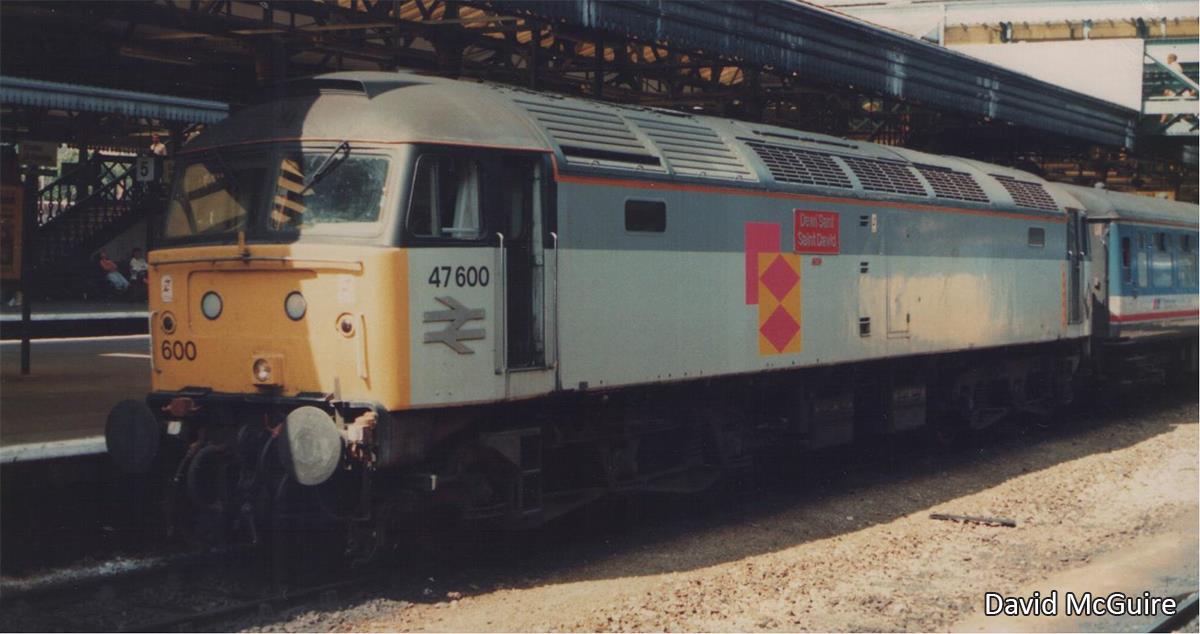
47600 'Dewi Saint/Saint David' Railfreight Distribution
The first twenty locomotives were fitted with Westinghouse brakes, with the remainder built with Metcalfe-Oerlikon brake systems. Based on the success of the prototype another order of 270 locomotives was made, revised upwards to the final total of 512. 310 of these were built at Brush in Loughborough, with the remainder built by the BR Crewe Works.
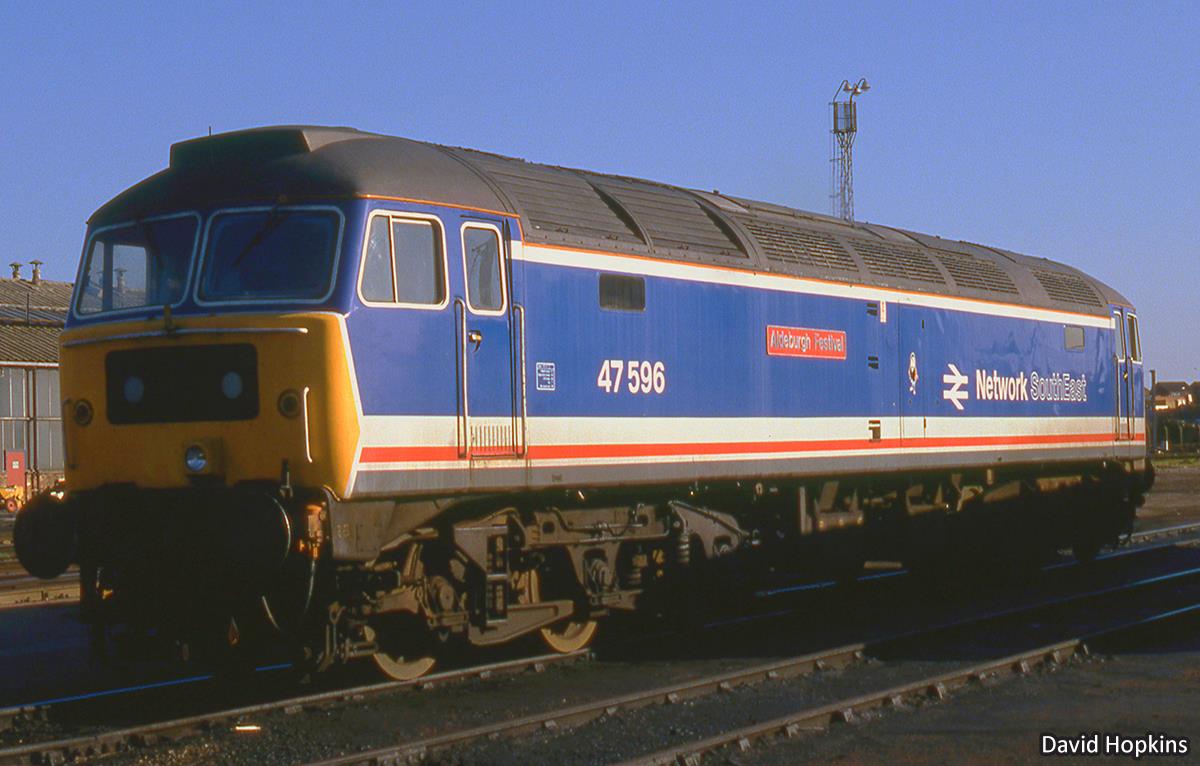
47596 'Aldeburgh Festival' Network SouthEast (Late)
The Class 47 were used across the whole British Rail network, in both passenger and freight roles. Most 47s were built with steam heating (47/0 47001 to 47298) and were the basic version which later had their heaters replaced with electric. Eighty-one were built for freight-only duties with no heating (47/3 47301 to 47381) and were fitted with slow speed control. Twenty-two had dual or just electric heating (47/4 47401 to 47547 and 47549 to 47555) and were used for passenger, parcels, and mail trains.
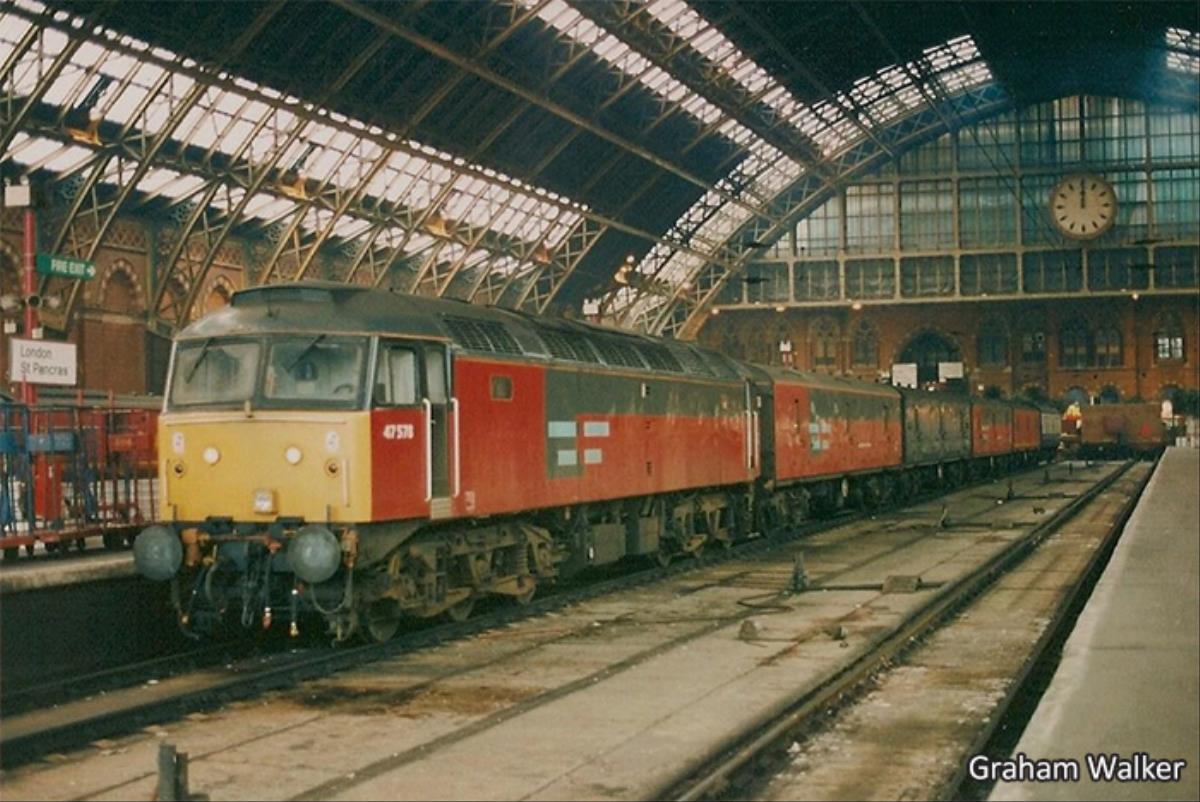
47578 'Respected' Rail Express Systems
More Class 47s were produced than any other class of diesel and there were several other versions in the class with specific modifications, such as long-range fuel tanks and conversion to push-pull mode. As well as the upgrading the heating supply, there was also a universal downgrade across the fleet. It was decided that the engines should be derated from 2750 bhp to 2580 bhp to reduce wear and tear and increase reliability.
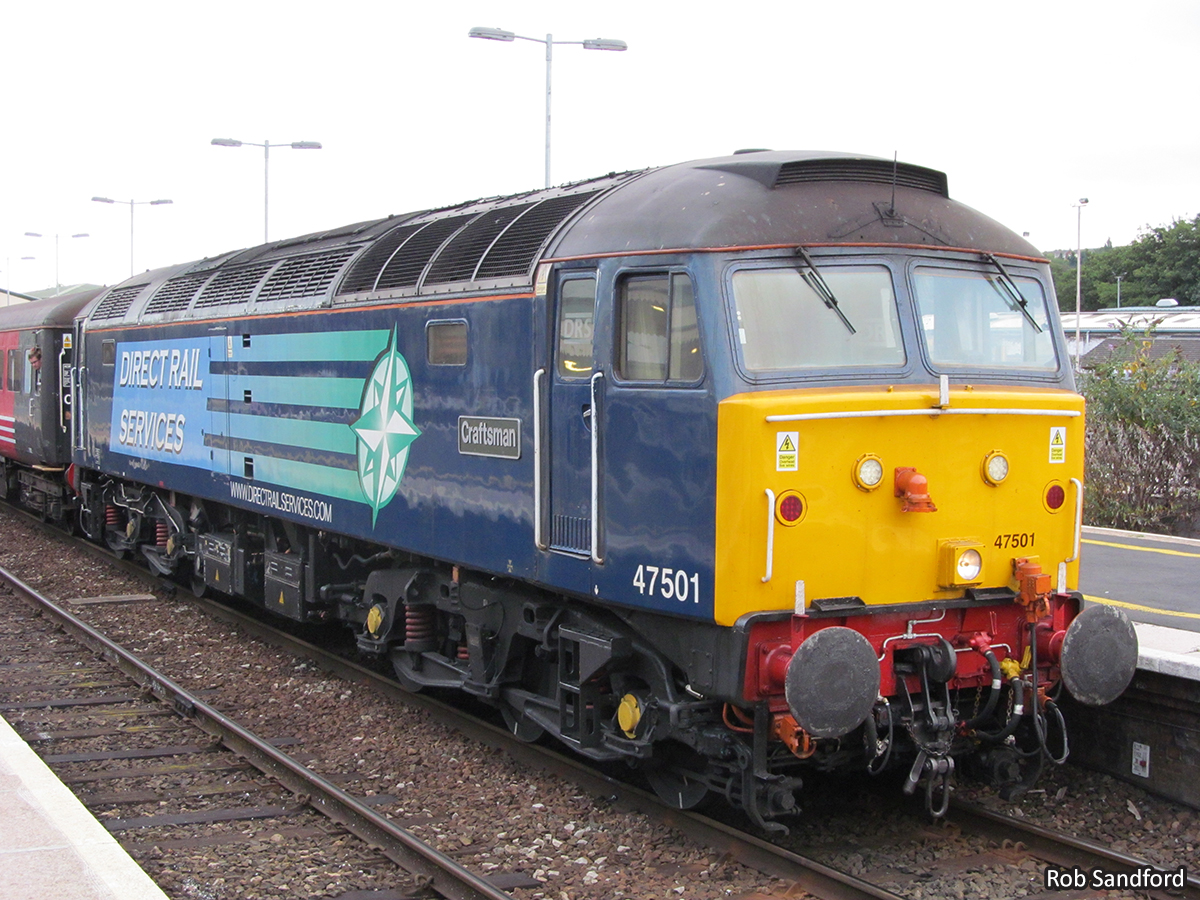
47501 'Craftsman' Direct Rail Services
The first official withdrawals of the class were in the mid-80s. Five had already been taken out of service by accident damage before this time. With new classes being produced and spare parts being hard to source, the lifespan of the Class 47 was diminishing. The original batch of twenty were the first to go, with an average of fifteen a year leaving service between 1996 and 2006.
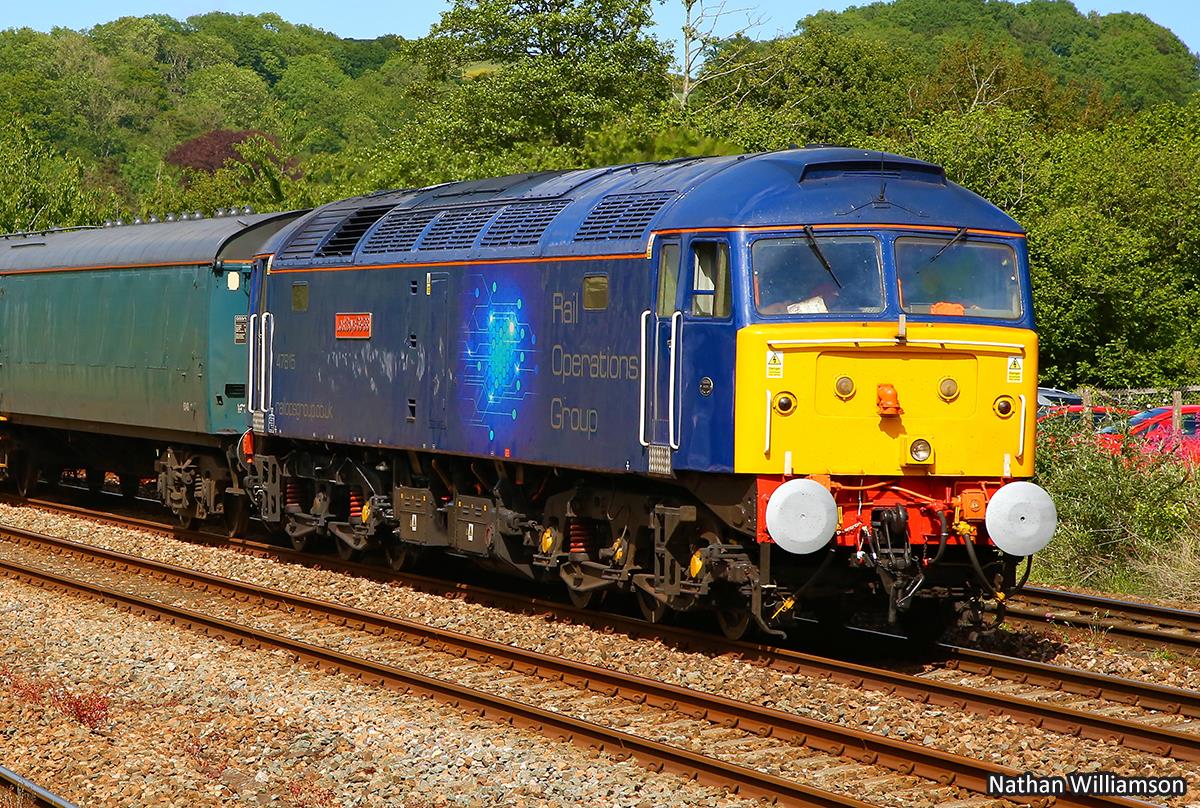
47815 'Lost Boys 68-88' Rail Operations Group
Twenty-four locomotives are (as of 2020) still operational on the network, run by a variety of private freight companies. Thirty-three of the class were fitted with EMD engines and were reclassified as Class 57 – all these locomotives are still in operation. Thirty-two Class 47s are held in preservation.
In response to customer demand, HELJAN is now working on an all-new Class 47 in ‘OO’ Scale. The model will build on the research and design work undertaken for their new ‘O’ Scale Class 47, which is currently at the tooling stage.
We are pleased to be commissioning a number of limited edition locomotives (the images shown on this article) under our Gaugemaster Collection range of commissions, for release in batches of two variants at a time over future Heljan production runs, due in 2021.
Click Here to view the locomotives in the Gaugemaster Collection.